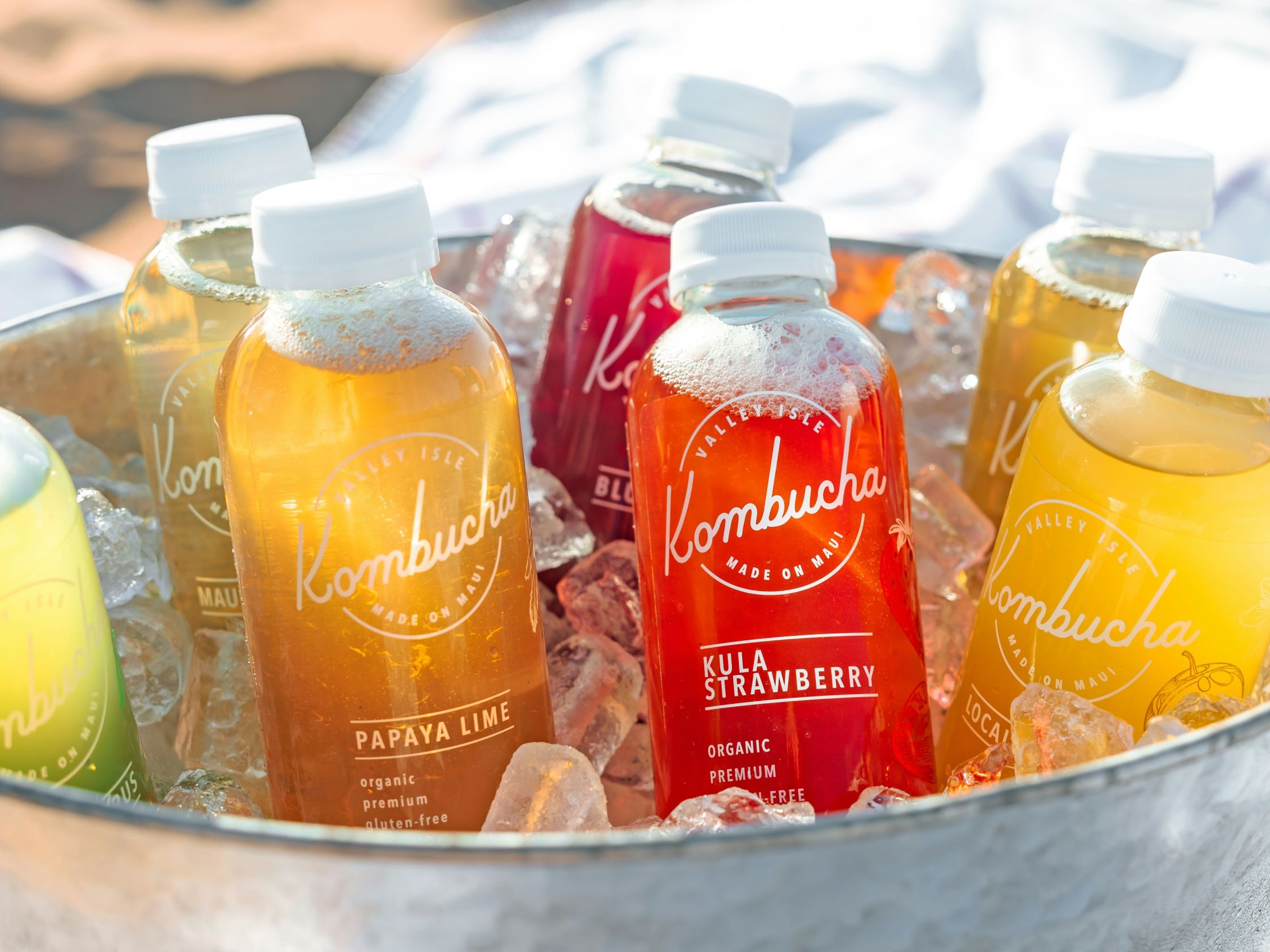Brewing up bubbles with fermented drinks

Bubbly beverages have made their way to the mainstream. Are fermented drinks on your radar for a la carte drink options?
Kombucha
Kombucha starts with sweetened black and/or green tea. Bacteria and yeast then convert sugars into carbon dioxide (bubbles!) and a small amount of alcohol. Obviously, alcohol in kids is a no-no. However, that small amount of alcohol is about the same as what might be found in yeast breads, which should be safe for children to consume. Bottled kombucha drinks must have less than 0.5% alcohol by volume to be sold as non-alcoholic.
Kefir
The kefir you’re probably most familiar with is not really kefir at all! It is a thinner yogurt beverage, but can certainly have benefits from the probiotics.
Traditional kefir is a fermented milk beverage that originated in the Tibetan mountains. It is made by combining milk with a kefir “grain,” or cluster of bacteria and yeast. They break down the sugar in milk (lactose) to create a bubbly, tart, and refreshing drink. Kefir can also be made from water, fruit, and the kefir “grain,” but the sugar comes from the fruit instead of the milk.
Offering fermented beverages in school nutrition programs can be tricky because of the alcohol issue, plus they can be high in sugars to offset tartness. If you are interested in offering these types of drinks, reach out to ISBE at cnp@isbe.net for guidance.
Plus, keep in mind these important considerations:
- Any fermented drinks offered to students should be pasteurized. Otherwise, fermentation may continue in the bottle and lead to higher alcohol levels that are not safe for kids. Pasteurized drinks will also be safer from a food safety perspective.
- To be sold under Smart Snacks, make sure any drinks you offer meet guidelines for calories and serving sizes according to grade level.
Thanks to Breanna Metras, dietetic intern, for assistance with this blog.


